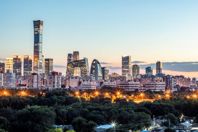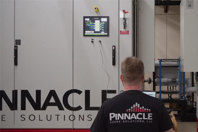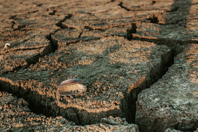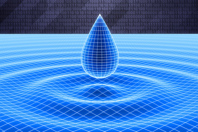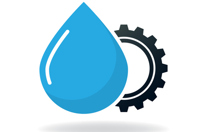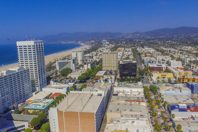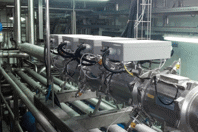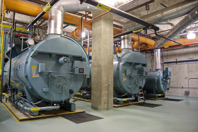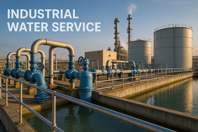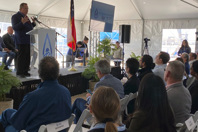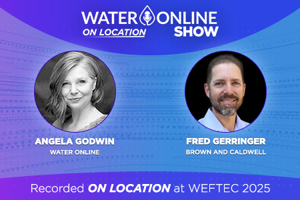WATER REUSE RESOURCES
-
Making Waves spoke with Bing Liu, Sales GM of Xylem’s Water Infrastructure business in China, about the country’s growing water reuse opportunity and one utility leader that is leading the way: Beijing Drainage Group.
-
To combat drought, Abilene, Texas, implemented a reuse system utilizing O3 + BAC to remove trace organics. This solution met strict standards, ensured water resilience, and proved more cost-effective than AOP alternatives.
-
Researchers warn that California and other states affected by megadroughts — periods of drought lasting 20+ years — will have to accept this as the new normal. That means rethinking the water cycle and finding new, more sustainable water sources.
-
Because of our own decades-long mismanagement of our collective global water resources, we are now facing a global freshwater crisis where the demand for freshwater is predicted to exceed its supply by 40% by the year 2030. Directly coinciding with the water crisis timeline is the growing need for data center construction in order to accommodate AI, cloud computing, and other Big Data and IoT processing.
-
The business case for industrial water reuse has fundamentally shifted. Companies once evaluated these systems against environmental goals or regulatory compliance costs. Today, they're measuring them against operational risk and supply security — a calculation that increasingly favors reuse regardless of sustainability credentials.
-
Lessons in urban water management through water conservation, capture, and reuse.
-
In the heart of Israel’s Jezreel Valley, Ba’emek Advanced Technologies—part of the Tnuva Group—faced a critical challenge: how to sustainably reuse water extracted from whey during dairy processing without compromising safety or quality.
-
The wastewater treatment industry is quickly uncovering the usefulness of boiler feedwater for more sustainable operations. The advantages and applications are becoming more innovative and resourceful as more enterprises deploy consistent water reclamation practices.
-
Water is one of the most essential resources in any industrial setup, and managing it efficiently can mean the difference between success and stagnation. Welcome to the world of industrial water services — a sector that's as critical as it is complex.
-
With a mass of industry professionals in town for a historic groundbreaking, El Paso Water seized the opportunity to host the Future of Water Reuse Forum and contemplate the future of water supply.

